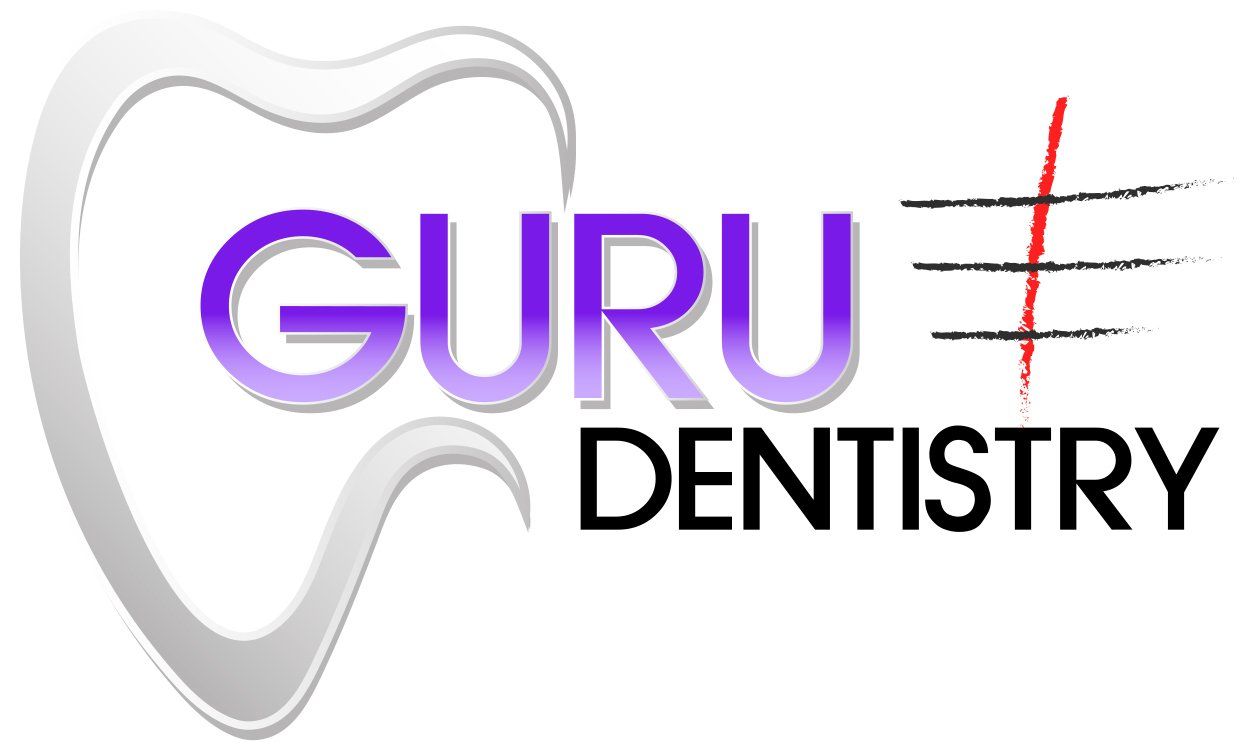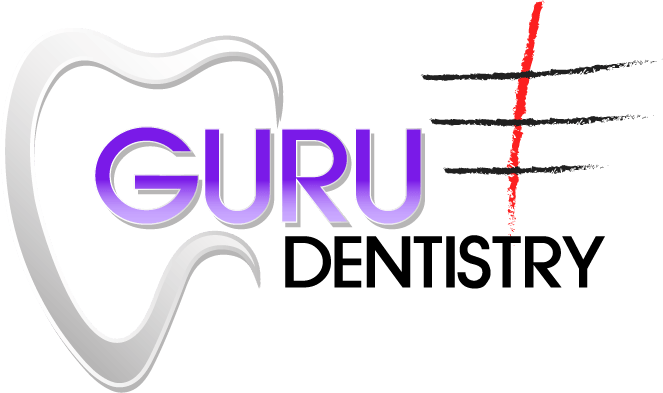Root Canal Therapy in Irvine, CA
The inner portion of your tooth that connects with your gums is called the tooth root. It contains the dental pulp which consists of blood vessels and nerves. When the the dental pulp becomes infected an abscess may occur, prompting you to see the dentist for a root canal to relieve the pain.
Several oral conditions can damage of the dental pulp. They can include:
- Decay
- Deep fillings
- Trauma
- Tooth fracture
- Infection
We can often save damaged teeth, even if they have suffered injury or infection, through root canal therapy.
While some people are apprehensive about root canals, we have very good success keeping our patients comfortable throughout the procedure.
What is Root Canal Therapy?
This treatment consists of opening the top of the tooth and cleaning out the nerve and blood vessels in the center of the tooth. The canal all the way to the tip is smoothed out and filled with biocompatible material. The tooth is then closed and a crown is placed over the tooth.
Aching or injured tooth? Contact us to find out if root canal therapy is the right treatment.
We help you improve and enhance the look of your mouth, teeth and overall smile —
bringing back your confidence and happiness.
Treatment Planning
Our dentists, Dr. Peterson and Dr. Vanila will use 3D imaging to obtain the most accurate diagnostic imaging for precise shaping and filling of the tooth canals during the root canal treatment.
During your root canal treatment, our doctors will drill a hole through the top of the tooth to enter the tooth root. They will thoroughly clean out the bacteria and infection inside the tooth. Once the canal has been thoroughly cleaned, the dentist will fill the root with an antimicrobial sealant. After the sealant, the dentist will place a cap over the tooth.
Signs You May Need a Root Canal
- Chipped, cracked or hole in your tooth
- Tender or swollen gums
- Significant tooth pain when eating
- An abscess on the gum area surrounding the tooth
- Extreme tooth sensitivity to hot or cold food and drinks
- Discoloration of the tooth
- Swelling around your face or neck
Business Hours
- Monday
- -
- Tuesday
- -
- Wednesday
- -
- Thursday
- -
- Friday
- -
- Saturday
- Closed
- Sunday
- Closed

